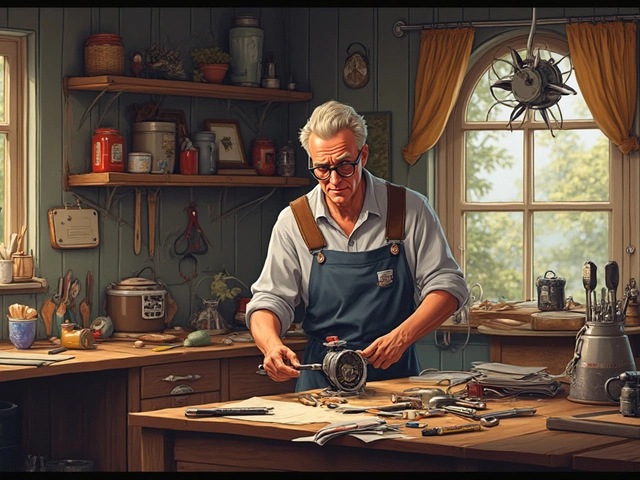Boiler Servicing Tips: Simple Steps to Keep Your Home Warm and Your Bills Low
Got a boiler that’s humming along but you’re not sure if it’s getting the care it needs? You’re not alone. A lot of us forget that a well‑maintained boiler is the secret to steady heat, lower energy costs, and fewer emergency calls. Below is a no‑nonsense checklist you can follow every year – no jargon, just clear actions.
1. Schedule a Professional Annual Service
Even if you like DIY, a qualified engineer should swing by once a year. They’ll check the pressure, clean the heat exchanger, and test safety controls. The cost is usually far less than a sudden breakdown, and it helps keep your warranty valid. When you book, ask for a service report – it’s handy proof if anything goes wrong later.
2. DIY Checks You Can Do Every Season
Before the cold hits, pop the boiler’s lid (if you have a safe access panel) and look for any obvious leaks or rust. A quick visual check takes a minute and can spot a loose pipe before it floods your utility room.
Next, test the pressure gauge. It should sit between 1 and 1.5 bar when the system is cold. If it’s too low, you can top it up using the filling loop – most manuals have a simple diagram. Just remember to close the valve tightly when you’re done.
Finally, listen for strange noises. Gurgling, banging, or whistling can mean trapped air or a failing pump. Bleeding the radiators (you’ll need a radiator key) often clears the air and quiets the system.
These quick checks cost nothing but can prevent a costly callout.
3. Keep the Surroundings Clean
Boilers need breathing room. Make sure there’s at least a 30‑cm clearance around the unit and that the vent pipe isn’t blocked by cobwebs or dust. If you store garden tools near the furnace, move them aside – a clogged vent reduces efficiency and can be a fire hazard.
Also, wipe away any dust from the external fins using a soft brush. Dust acts like insulation, making the boiler work harder and raising your energy bill.
4. Watch the Thermostat and Controls
Modern thermostats let you set schedules, but they can drift out of calibration. Test the room temperature against a separate thermometer; if the readings differ by more than a couple of degrees, consider a reset or a quick professional tune‑up.
Don’t forget the timer on the boiler itself. If it’s set to fire for too long, you waste fuel. A good rule of thumb is to match the heating period to your actual need – usually 2‑3 hours in the morning and 2‑3 in the evening during winter.
5. Know When to Call the Pros
If you notice any of these signs, it’s time to ring a qualified engineer:
- Persistent low pressure despite topping up.
- Repeated boiler shutdowns or error codes.
- Visible soot or a strong gas smell.
- Water pooling around the unit.
These issues aren’t worth risking on your own – a professional can diagnose the fault safely and often fix it on the spot.
Following this checklist each year means fewer surprise repairs, a longer‑lasting boiler, and a cozier home during those chilly Rugby evenings. Got a question or need a local service? Our team at Rugby Appliance Repair Services is just a call away, ready to help you keep the heat on.






